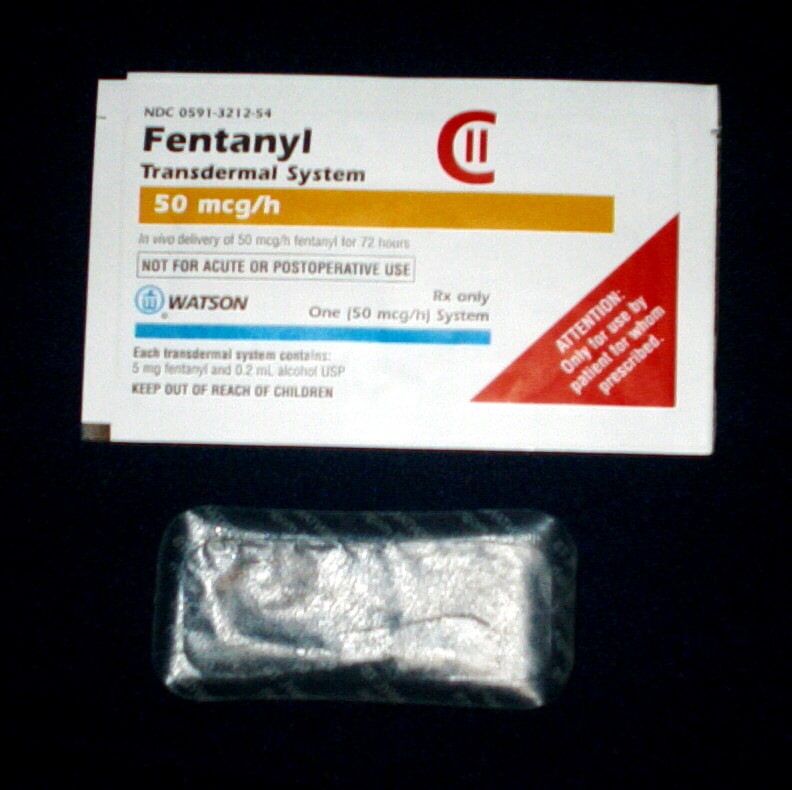The Attorney General of the United States, Merrick Garland, described the Sinaloa Cartel, based in Mexico, as “the largest, most violent, and prolific fentanyl trafficking operation in the world” in a statement accompanying extensive charges involving hitmen, cartel leaders, and suppliers such as Rubio and Wu. Ana Gabriela Rubio, who was arrested on March 17 by agents of the Guatemalan National Civil Police, was responsible for managing illegal imports and deliveries of substances for drug manufacturing for the cartel. Rubio had discussions with Wu Yongaho, a sales representative of the chemical supplier Wuhan Shuokang Biological Technology Co Ltd, for the purchase of these substances.
Chinese authorities have repeatedly denied any link between China and illicit fentanyl. However, evidence of the relationship between the Sinaloa Cartel and Chinese entities is not new. The Drug Enforcement Administration (DEA), FBI, Department of Homeland Security, and the military have been tracking and monitoring the cartel’s supply chains and money laundering networks since its expansion to China almost a decade ago. Unlike previous organizations, Chinese money laundering networks have a business model that evades the reach of US judicial orders through encrypted applications like WeChat, providing cartels with a certain level of security and ease in their illicit activities.
Top headline:
CAMBIO 22. (2023, 18 de mayo). La Ruta China-México del Fentanilo: Cada Vez Más Sofisticada y Mortal.
Find out more:
The Guardian. Doherty, J. (2023, 18 de mayo). The China-Mexico fentanyl pipeline: increasingly sophisticated and deadly.

